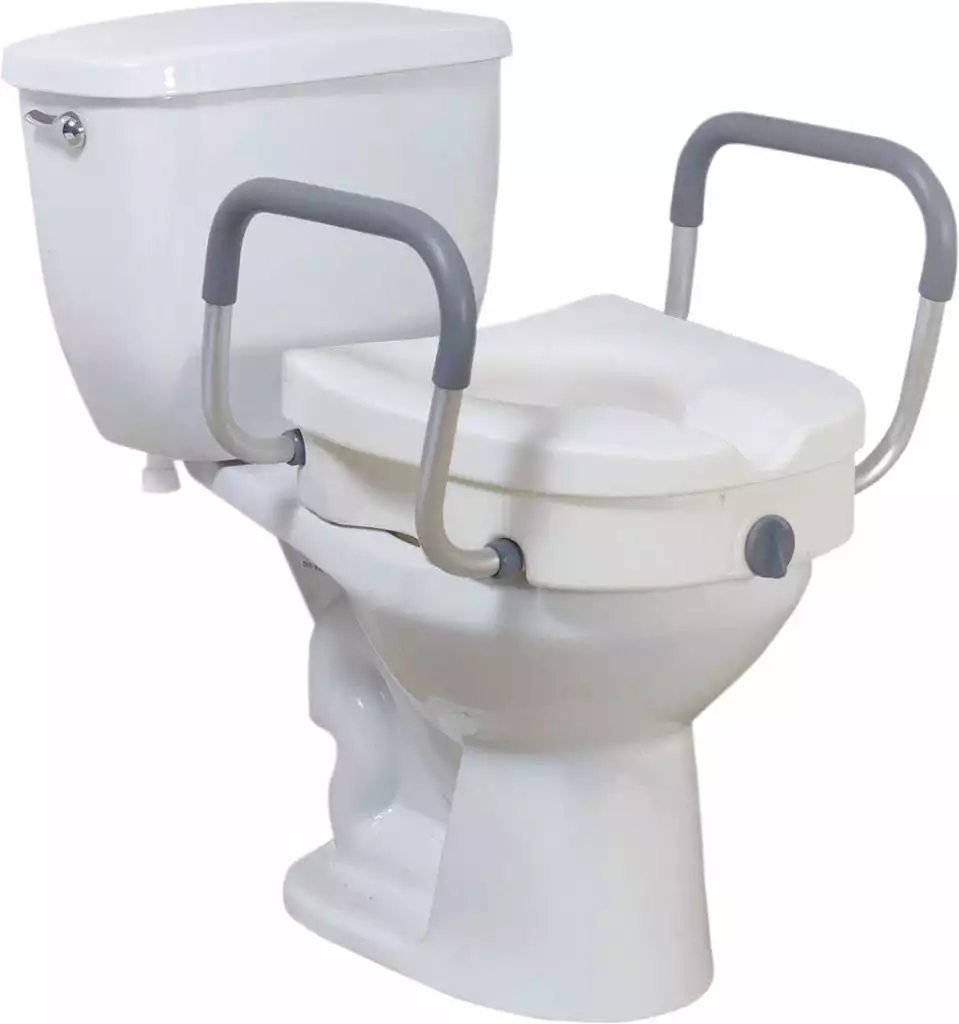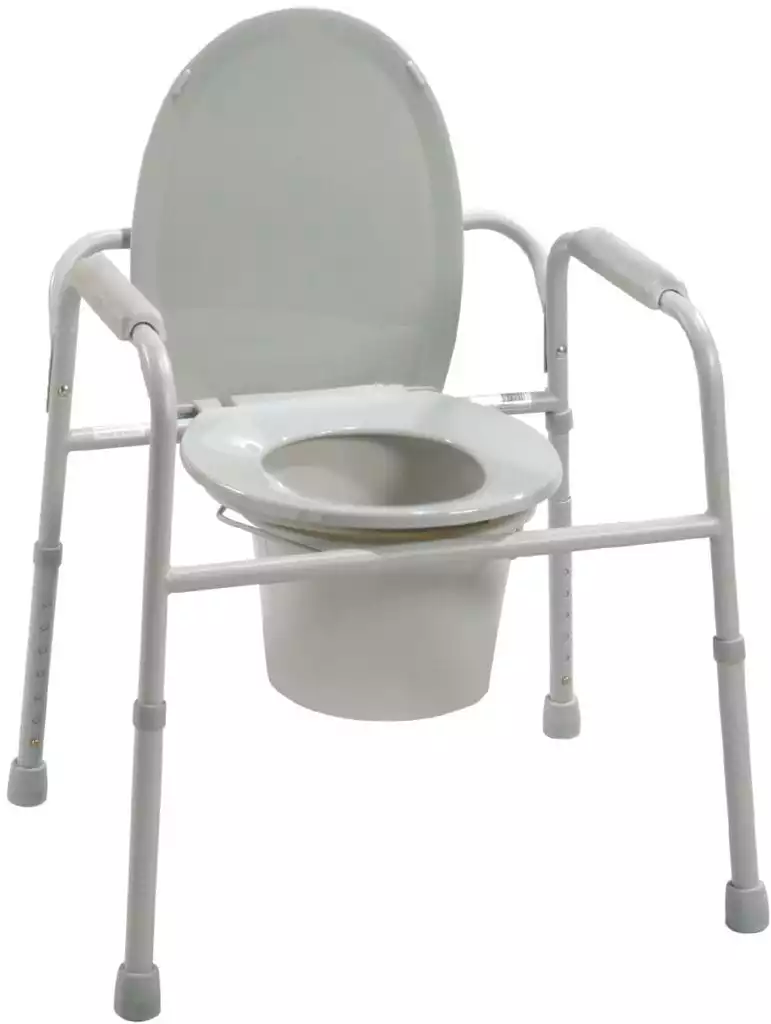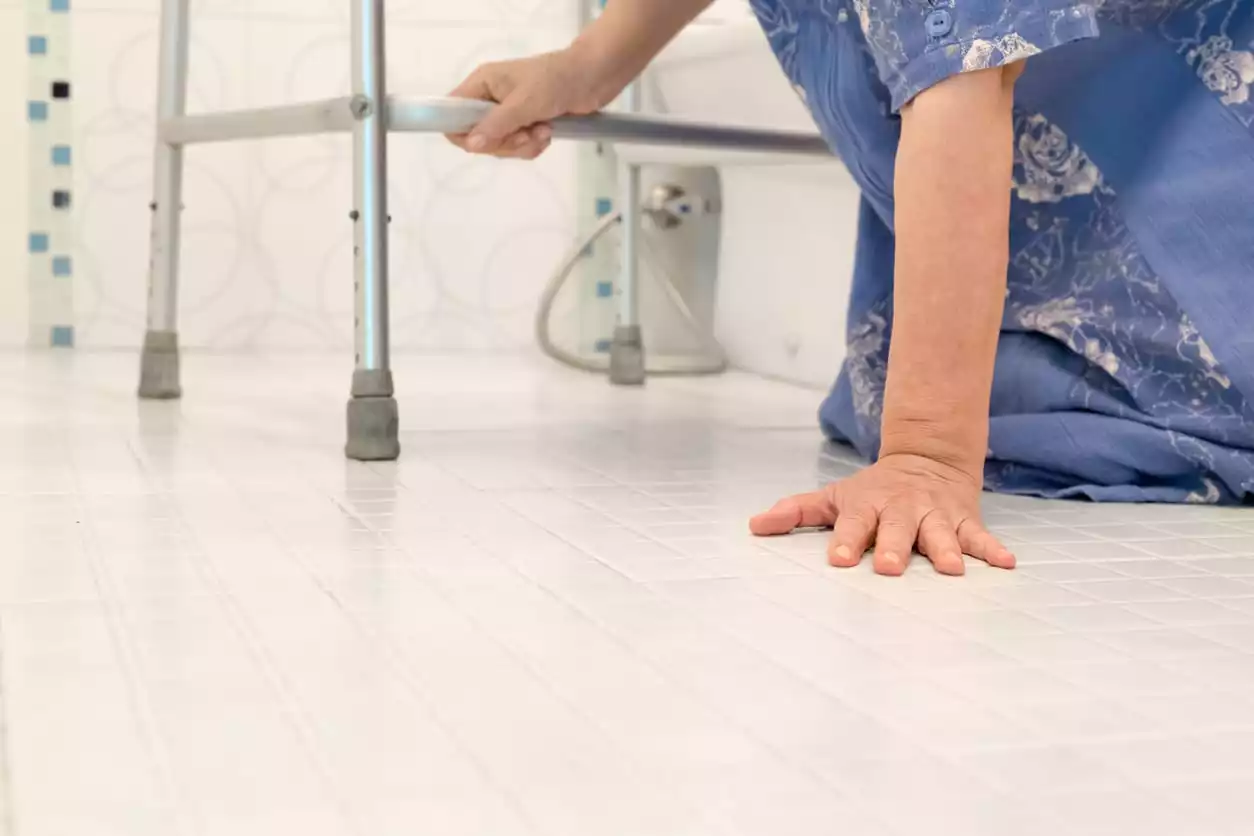
For seniors, the bathroom is often the most dangerous room in the home. Slippery floors and surfaces greatly increase the risk for slip and fall incidents. Add to this the fact that simply climbing into and out of the bathtub can be increasingly difficult as we age and you have the perfect recipe for serious harm. Statistics reflect this risk–over 200,000 Americans wind up at the emergency room each year as a direct result of accidents in the bathroom. However, there are specific products designed to help prevent these accidents from happening. Here is a list of 8 products which are guaranteed to improve senior bathroom safety.
1. Non-Slip Mats
Use non-slip mats to reduce fall risks on wet or slick bathroom floors. A non-slip, rubber-backed mat in front of the sink, toilet, and bathtub is the best and easiest way to prevent slipping, but bath rugs with a rubber backing can absorb water and provide the same benefit while maintaining style, too.
For in the bathtub, a rubber textured non-slip mat alleviates slipper bathtub risks. Avoid hard plastic; this material can become slick when exposed to shampoos, soaps, and toiletries. Instead, use opaque rubber or silicone.
Whichever option you choose, proper use is vital. Bathtub mats should be sized to fill as much of the bottom of the tub as possible without running up the walls for best results.
2. Transfer Benches
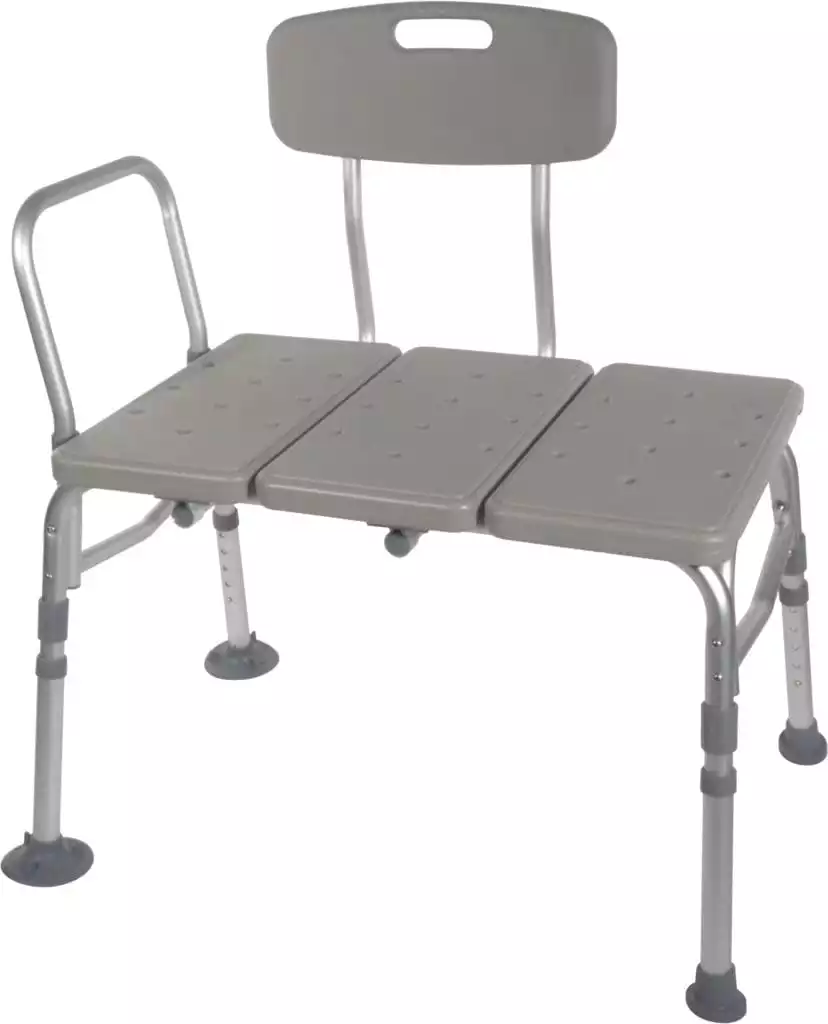
As most transfer shower benches reach up and over the outer wall of the tub, seniors simply sit down and then slide into the bathtub across the transfer shower bench. This is ideal for patients who are recovering from stroke as well as those who are reliant on a wheelchair.
3. Easy-Use Faucets
Arthritis, stroke, certain autoimmune conditions, and even everyday wear and tear on the joints can make it difficult to turn taps on and off. Some elderly patients may lack the torque required to handle faucets on their own, and that can make washing up difficult or even downright dangerous. Being unable to adjust the temperature alone can increase the risk of burns, while struggling to turn taps on makes personal hygiene time cumbersome and challenging.
Easy-use faucets, as the same suggests, are easier to turn and hold for patients who struggle with a weak grip. Levers and buttons activate the stream of water instead of crank turns, working with these challenges instead of against them. Most brands operate the same as traditional faucets in every other way–they’re just easier to use.
4. Shower Chairs
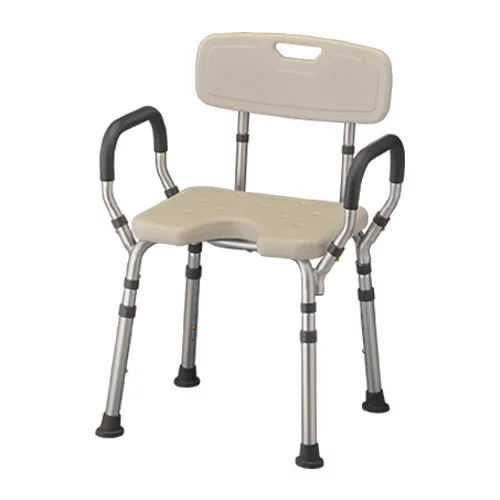
Using a shower chair is best for patients who experience certain forms of dysautonomia, blood pressure changes, weakness, dizziness or instability upon standing. It’s an effective way to stabilize the patient while maintaining their freedom and independence.
5. Removable Shower Heads
For elderly patients who rely upon transfer benches or shower chairs, a regular shower head can be too high and inaccessible. Removable shower heads make it easier for patients to aim the water exactly where they want it. Patients will still need sustained grip function to use the shower head effectively, but won’t need to stand or shift around to get closer to the stream.
Most removable shower heads are permanent fixtures, so you may need a plumber to install them for you. Others simply screw onto the output tap behind your current shower head, letting you switch it out in seconds for the adjustable version. Use whichever makes the most sense for your home.
6. Raised Toilet Seats
Standing and sitting is challenging for elderly patients who suffer from arthritis or joint pain in the back, knees, hips, and feet. Unfortunately, that can significantly impact a senior’s ability to toilet quickly and efficiently when nature calls.
Low-profile toilets are especially problematic because the distance from standing to sitting is so far; an elderly patient may fall and come down on the toilet with force in the attempt. With enough force, that can result in hairline fractures or dislocations to the hips, tailbone, and s-vertebrae.
Raised toilet seats snap onto your existing toilet seat to provide several additional inches of height for the elderly. Size options vary, with some risers sitting at just a few inches and others sitting at 6 inches or higher. Because you can snap them on and off as needed, they’re also suitable for facilities and shared homes.
7. Grab Bars
Easy-to-install grab bars are one of the best ways to increase senior bathroom safety without making any major modifications. Install bars anywhere where additional stability is desired, including beside the toilet, by the bathtub, and on the inside of your shower wall itself. Most kits require just a few screws for secure installation.
A note of caution on grab bars: they may be questionably effective for patients who have poor or compromised grip. Patients who cannot firmly grasp and hold the bars may attempt to grasp the bar only to lose stability.
If the risk of a patient slipping while holding the bar is too high, you’re better off using a more robust solution like a shower chair. Bars must also be installed in a way that limits the risk of head injuries if a patient does accidentally fall.
8. Bedside Commodes
Living with a senior patient who’s recovering from surgery or who suffers from advanced gastrointestinal distress, paralysis, weakness, or dizziness? Bedside commodes won’t alleviate senior bathroom safety within the bathroom itself, but they do lower the need to enter the bathroom in the first place. A bedside commode can help elderly patients to maintain toileting habits alone for a longer period of time, sustaining independence well into late life.
Once it becomes necessary for a caregiver to help, the commode is already present and available. Convertible commodes take this a step further and allow caregivers to shift from bedpan mode to commode mode as needed.
Seniorhood should be a time of happiness, wellness, and security. That’s why medical professionals strive to ensure that they are a voice and a point of support for seniors. From taking the time to go over your prescriptions to recommending mobility aids, your care team is the best point of contact for you when you have questions about senior bathroom safety or home safety.

 info@burtsrx.com
info@burtsrx.com
